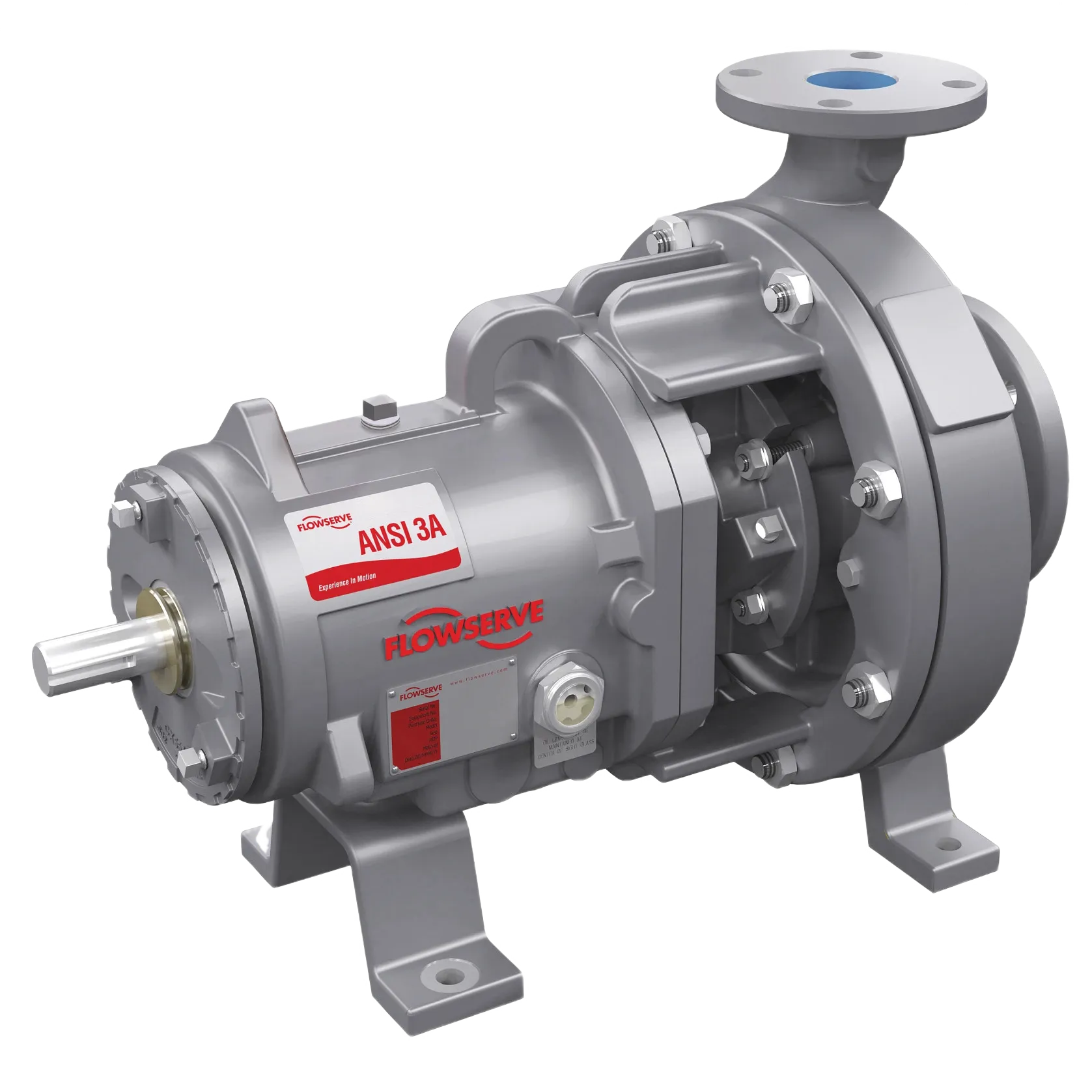How to select the right material for your pumps?
Selecting the right material for your pump is crucial to ensuring durability and performance. This guide helps navigate the complexities of material choice, considering factors like corrosion, temperature, and fluid type.

There is a bewildering array of materials available for fluid handling equipment, and it can be something of a minefield for an engineer to select a material that is appropriate for their application.
High fluid velocity can result in erosion-corrosion.
There is a bewildering array of materials available for fluid handling equipment, and it can be something of a minefield for an engineer to select a material that is appropriate for their application. This is a huge subject, so we’ll first look at some basics.
Choosing the material may depend on several factors such as: pH, corrosion, abrasion, purity requirements, system conditions, that is, NPSHA, availability, cost and so on.
What are the common materials used in industry?
- Cast/ductile iron
- Cast steel (‘carbon steel’)
- Bronzes
- Stainless steel, that is, 300 series (austenitic chromium-nickel alloys), 400 series (ferritic and martensitic chromium alloys), alloy 20
- Duplex stainless steels
- High alloys, that is, Cr-Ni-Mo (Hastelloys®), titanium, zirconium
- Non-metallics, that is, FRP, PRA, PTFE, ETFE, PVDF, polypropylene and so on.
How do you decide which material is right for your application?
Often, we see specifications which do not mention the actual fluids, but merely mention a pH number or range. Let’s get things right and suggest a good material choice cannot be selected on pH alone.
There are literally hundreds of articles and corrosion charts available from a multitude of manufacturers, who have compiled data over many decades by research and development and testing.
However, even these do not always give a definitive answer for your application. We should also consider variables such as the concentration and temperature of the fluid.
Used with cast iron or cast steel
For example, sulphuric acid is used frequently in various industries. This fluid can be used with cast iron or cast steel, in its highly concentrated form at low temperatures. However, high fluid velocity can result in erosion-corrosion (see main image).
Sulphuric becomes more aggressive as temperature increases and concentration decreases. Alloy 20 stainless steel was developed in 1951 for sulphuric services and is also useful in other severe acid and caustic environments.
Because of the high nickel content, Alloy 20 is also virtually immune to chloride stress corrosion cracking (SCC).
Another material that has become widespread due to its hardness (when compared to 300 stainless) and resistance to erosion and velocity conditions are the duplex stainless steels (austenitic-ferritic).
These have evolved since inception in 1939 into second and third-generation ‘super’ duplex alloys. The latter are reliable in seawater applications due to resistance to stress corrosion cracking.
Also, when available NPSH is marginal and cannot be improved, duplex stainless steel will better resist the harmful effects of cavitation than iron or 300 series stainless.
Intermediate stress corrosion cracking, which is but one of the numerous failure modes of materials (corrosion fatigue, intergranular corrosion, galvanic to name a few), which can affect both metals and polymers.
SCC is the cracking induced from the combined influence of tensile stress and a corrosive environment.
Traditionally, and, I suspect because of a lack of awareness, specifications will often specify ‘Hastelloy®’ (Haynes Corp. trade name for its family of chrome-nickel-molybdenum alloys) without mention of the grade required. By the same token, you may as well say ‘stainless steel’.
There are numerous grades available for many generic materials and the request must be specific.
Often overlooked are the alloys which, in terms of nobility, lie between stainless steel and the high-end alloys. Consider Alloy 20 and duplex stainless steel before specifying one of the Hastelloy grades, for example.
Non-metallics more readily accepted
In today’s chemical processing industries, non-metallics have become more readily accepted by customers as both non-metallic materials and pump designs have improved.
They are an affordable alternative to high alloys and are available in a fraction of the time of exotic alloys. Do however, observe the temperature limitations of these materials, both at the low and high ends.
In summary, when making an inquiry for fluid handling equipment, provide the supplier with as much information as possible about the fluid(s), temperature range, and operating conditions as possible. They will then be able to make a good recommendation and leave any guesswork aside, ensuring reliability of your process.
To find out more, you can contact Phil Soltan, Flexachem’s pump specialist, better known as ‘Dr Pump’. He has been working in the pump industry for more than 40 years.
Email: phil.soltan@flexachem.com
This is one out of four articles written by Flexachem on Pumps – in case you missed the other 3 articles:
Pump Sizing and Selection – can you afford to get this wrong?
Motor efficiency and pump efficiency – whats the ‘real’ connection?
How do I choose the correct progressive cavity or rotary lobe pump for my application?

Related Articles
-
February 13, 2020 / 9 min read
What is a Sump Pump?
read more
-
October 24, 2024 / 7 min read
What is a Self-Priming Pump?
read more
-
December 6, 2018 / 5 min read
Pump sizing and selection – can you afford to get this wrong?
read more
-
April 24, 2019 / 6 min read
Pumps vs Electric Motors – do you look at these 2 components in isolation when it comes to efficiency?
read more

























